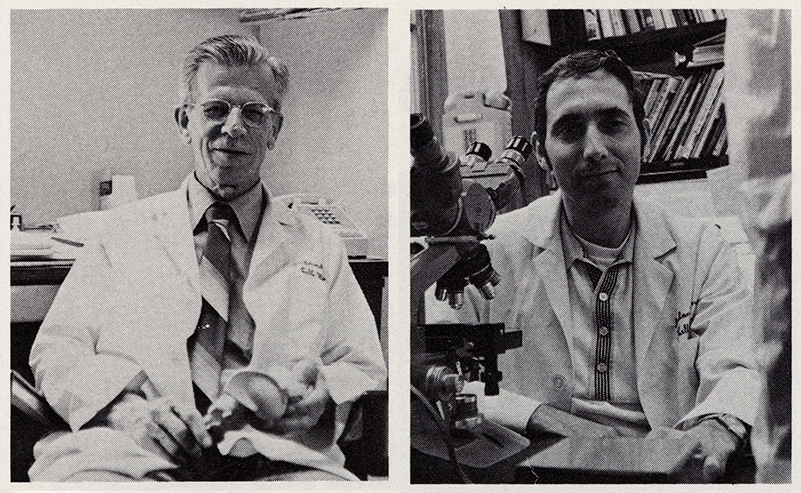Fertility Series: Advanced maternal age
As women age, their pregnancy risks increase. While support and medical care is offered, it is important to understand the risks of advanced maternal age pregnancies, defined as a pregnant person who will be 35 years or older at the expected birth of their child.
“Egg quality starts to decrease with age, with a drop at around age 32, then again at 35 and then at around 37 or 40,” said Dr. Matthew Carroll, assistant professor of obstetrics and gynecology at Baylor College of Medicine and Texas Children’s Hospital.
Since most women do not go through menopause until their 50s, they are still able to get pregnant at an advanced maternal age. Fertility technology and reproductive endocrinology also contributes to the ability to become pregnant above age 35.
Risks
Women older than 40 are most at risk for pregnancy complications. As women get older, they are more at risk for:
- Preterm delivery
- Spontaneous miscarriage
- Ectopic pregnancy
- Having a low birthrate infant
- Preeclampsia
The older population also has more co-morbid medical conditions when they get pregnant, which will elevate risk in pregnancy.
“As maternal age increases, the risk for chromosomal abnormalities and early pregnancies increase, and most of those will spontaneously miscarry or not continue,” he said. “Children can be born with conditions like Turner syndrome or Down syndrome.”
While everyone has their own medical history, health conditions and risk factors they bring into pregnancy, preexisting hypertension also increases the risk of complication. It is very common that preexisting hypertension will develop into preeclampsia in pregnancy, which has consequences and risks for the pregnant person, fetus and eventual baby.
Preeclampsia
Pregnant women above 35 are more at risk for developing preeclampsia, a pregnancy complication that causes high blood pressure, protein in urine, stress on other organs and swelling. Most pregnant patients over 35 are candidates for low-dose aspirin therapy to lower the risk of preeclampsia development.
“For patients who are going to develop preeclampsia anyway, we hope that this delays the onset so that the pregnancy makes it farther along and that we deliver a less preterm infant,” Carroll said.
Preterm delivery
The risks of preterm delivery are higher for women in this category. There are two types of preterm delivery:
- Spontaneous preterm delivery: a pregnant woman’s bag of water ruptures and they go into labor spontaneously
- Indicated preterm delivery: a pregnant woman develops severe preeclampsia between 34 and 37 weeks and is dispositioned for delivery for maternal and fetal benefit
Extra steps
Carroll recommends diagnostic testing for pregnant women over 35 to check if parents are carriers of genetic conditions. Patients over 40 should do weekly ultrasounds and fetal heartrate monitoring at 37 weeks.
“This can be safe as long as physicians talk to patients about their risk factors,” Carroll said.
By Homa Shalchi



